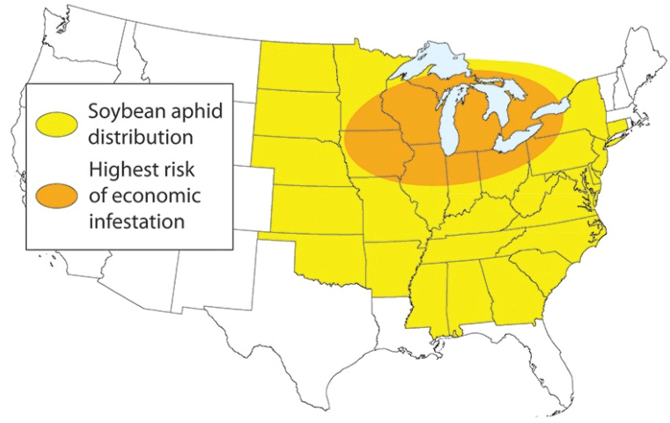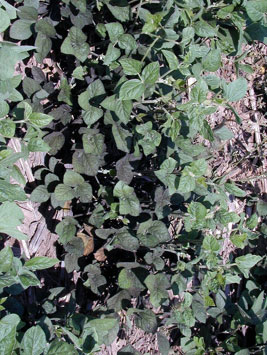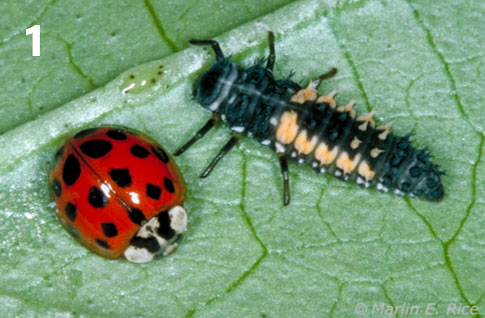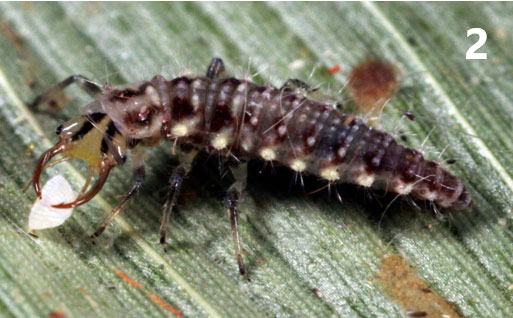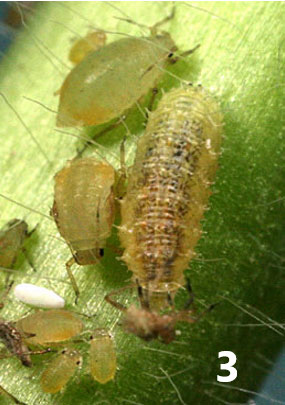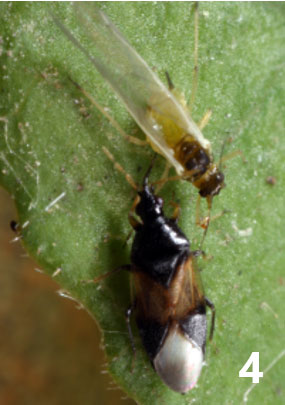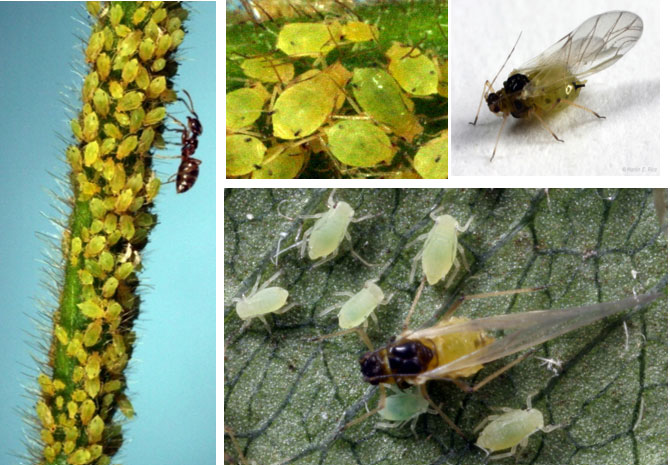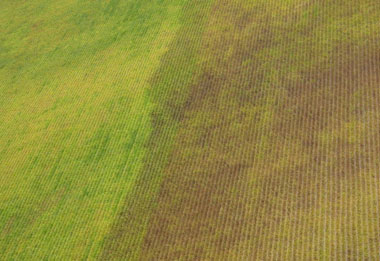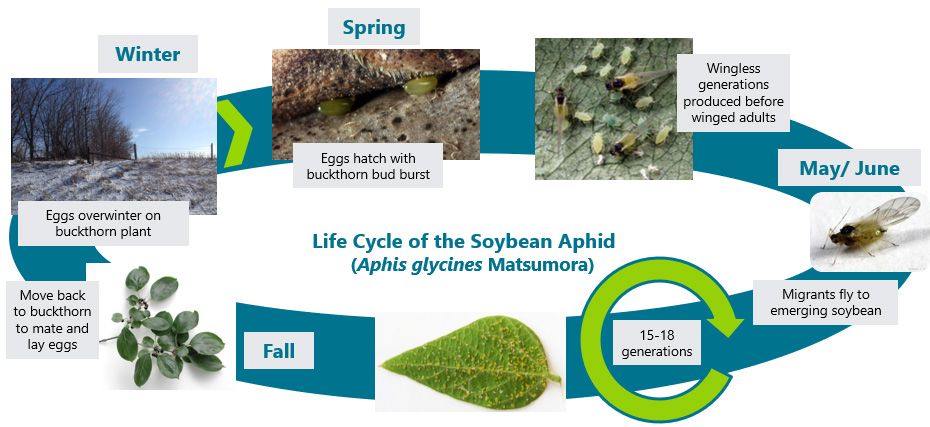Something went wrong. Please try again later...
Key Points
- Soybean aphids are small insects that use piercing-sucking mouthparts to remove plant sap.
- Infested fields should be scouted frequently.
- Foliar insecticides can be used to manage soybean aphids when populations surpass economic thresholds.
The foregoing is provided for informational use only. Please contact your Pioneer sales professional for information and suggestions specific to your operation. Product performance is variable and depends on many factors such as moisture and heat stress, soil type, management practices and environmental stress as well as disease and pest pressures. Individual results may vary. Pioneer® brand products are provided subject to the terms and conditions of purchase which are part of the labeling and purchase documents.
